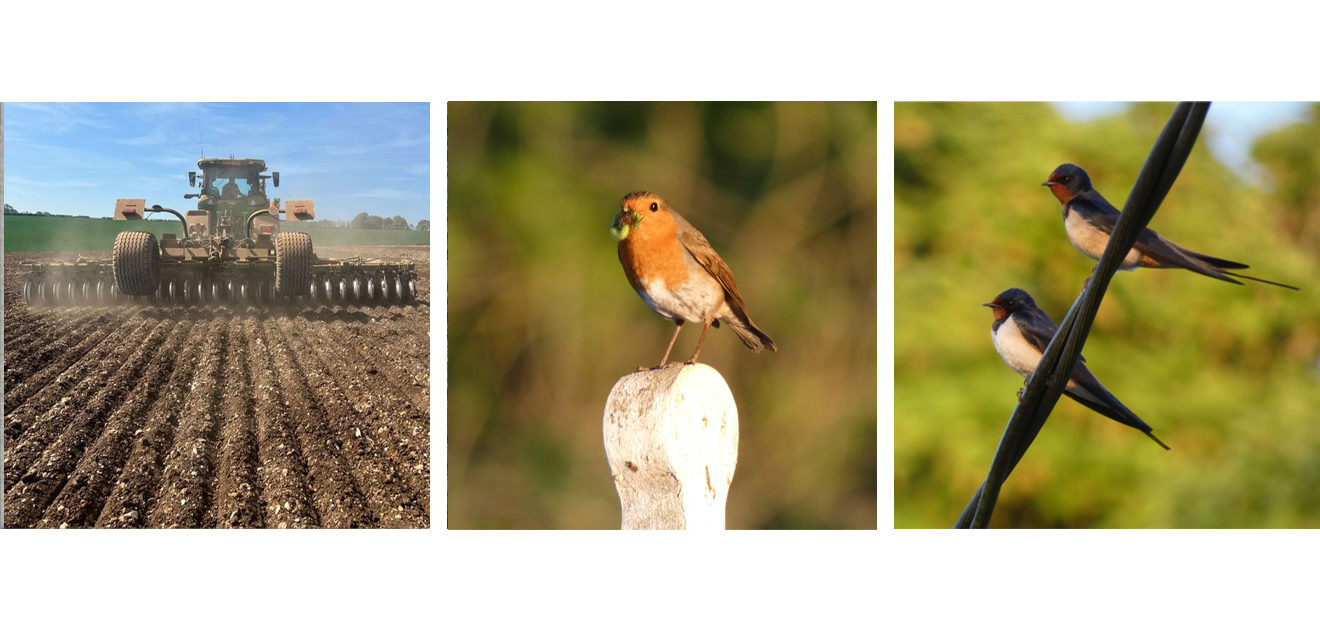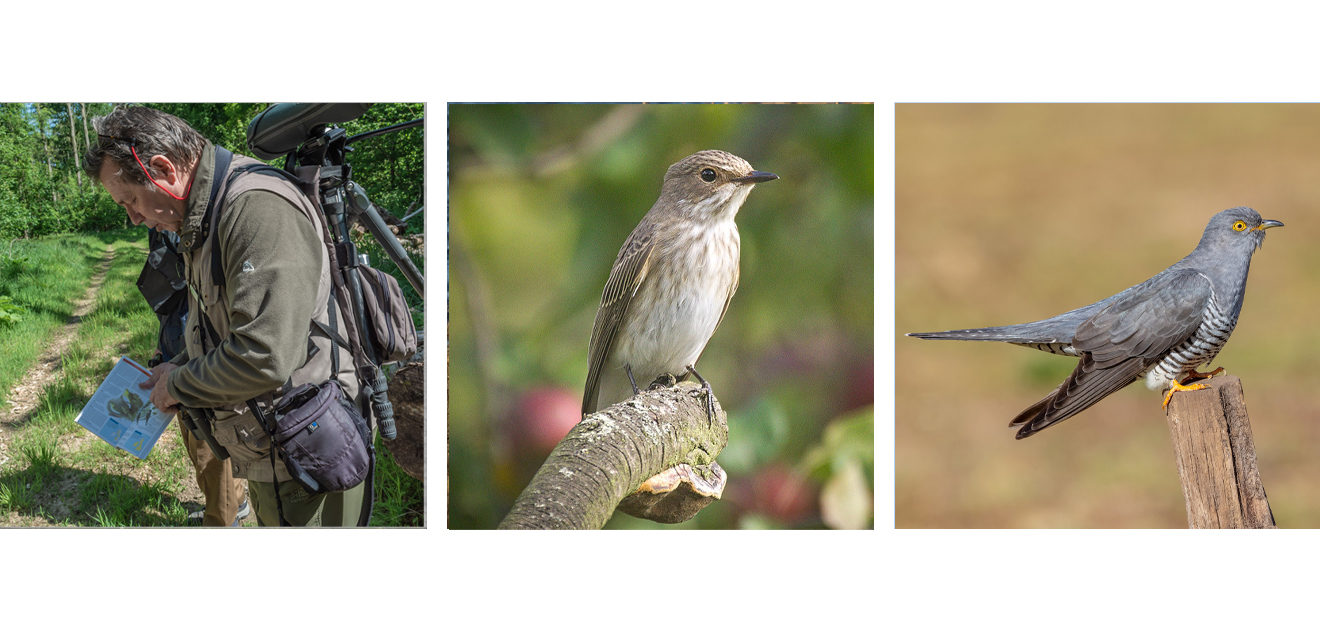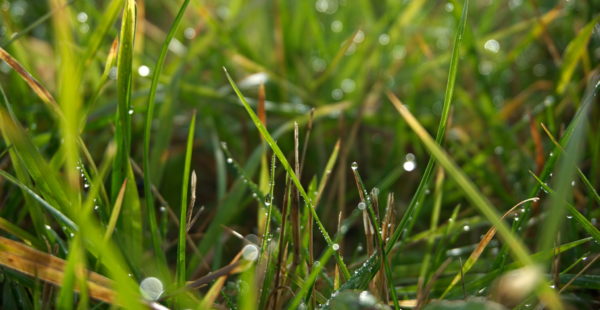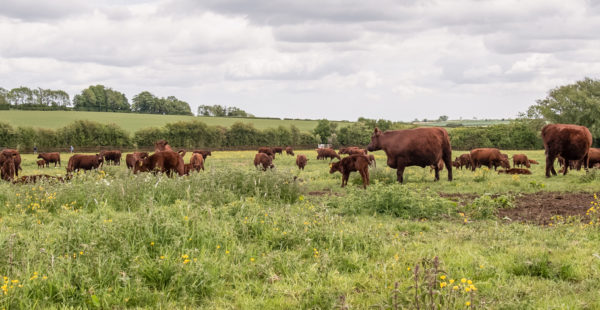A Week on the Estate: Arid Spring, Gooseberry Treats & Cuckoo Calling
We hope this update finds you well as spring rolls into summer. Much as we’ve enjoyed the sunshine, the lack of rain is becoming more than just a talking point. According to the Met Office, spring 2025 is likely to be the driest in over a century and there is minimal chance of this picture changing any time soon. The whole of the UK has logged an average of 80mm of precipitation this season, whereas the seasonal average over the last century is 229mm.
We are far from alone. The European Environment Agency has reported that 37 out of 38 of our neighbouring countries are dealing with varying degrees of drought. Ireland, usually the first port of call for wet Atlantic weather, has imposed a six-week ban on using water for non-essential outdoor activities. Here, the UK’s water utilities are all planning for a difficult summer.
As farmers, we know that adaptability, thinking ahead and working with the grain of nature all matter when it comes to dealing with unusual and extreme weather. We take care to nurture a vibrant soil biome as this is indispensable if the soil is to support plant and animal life season after season while absorbing carbon, soaking up heavy rain and resisting wind erosion during droughts. We also ensure that our drainage ditches and watercourses are maintained regularly and well.
Whatever the weather, the hard work continues and it’s been a busy couple of weeks for the arable team. Grass seed has been applied, cover crops have been mulched, the spring beans have been weeded and harrowed, and land has been prepared for the organic vining peas to be drilled. A little light rain is forecast for our area this weekend but we’d welcome a sustained, gradual soak.







